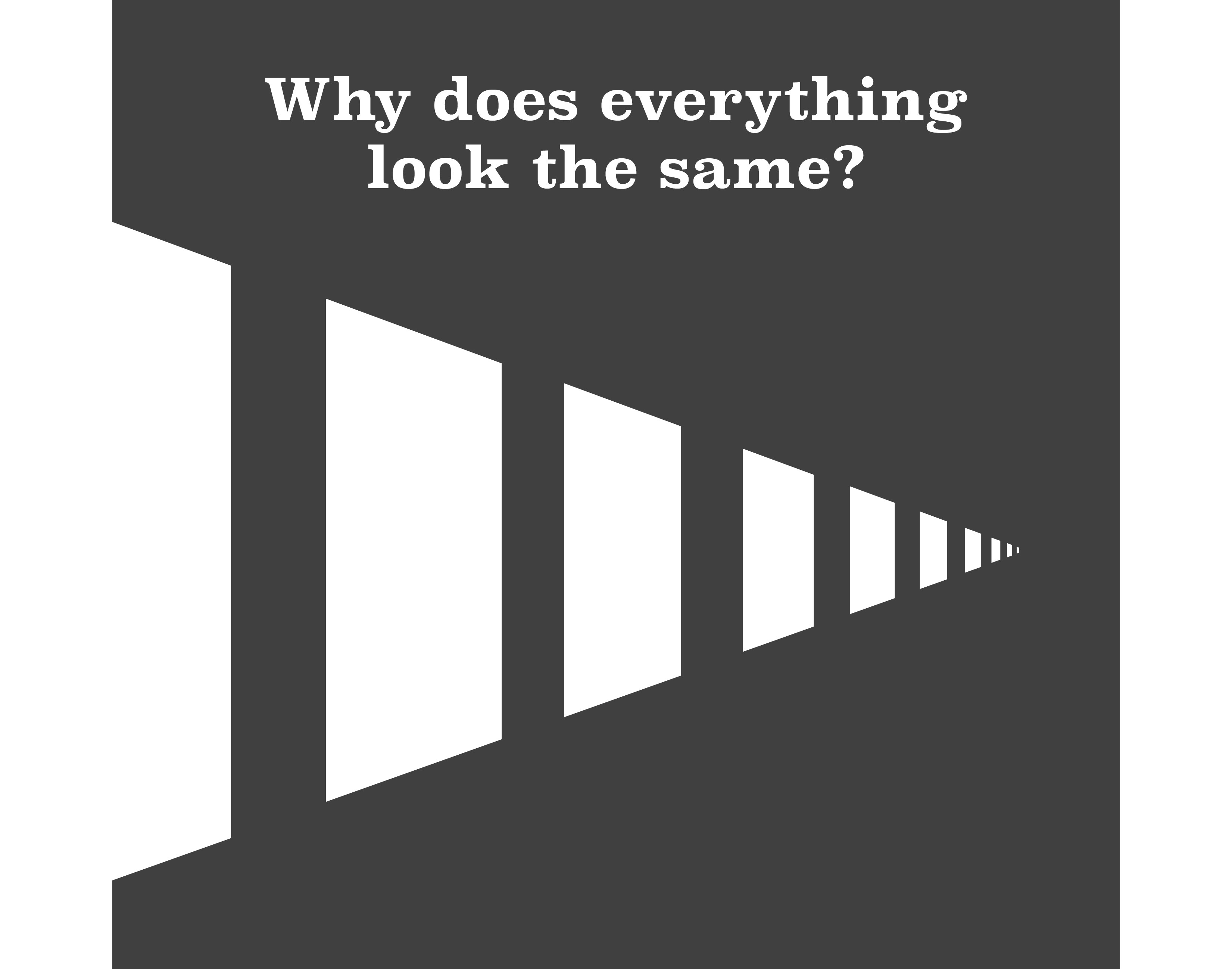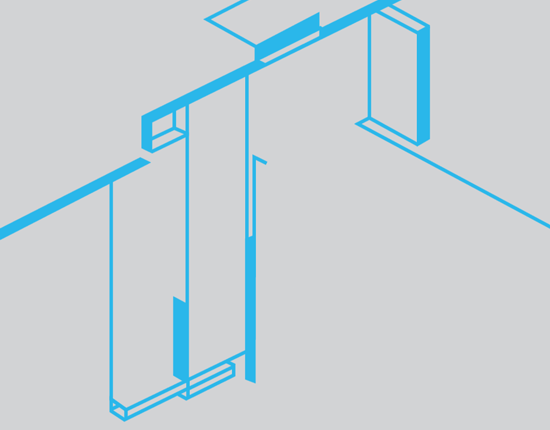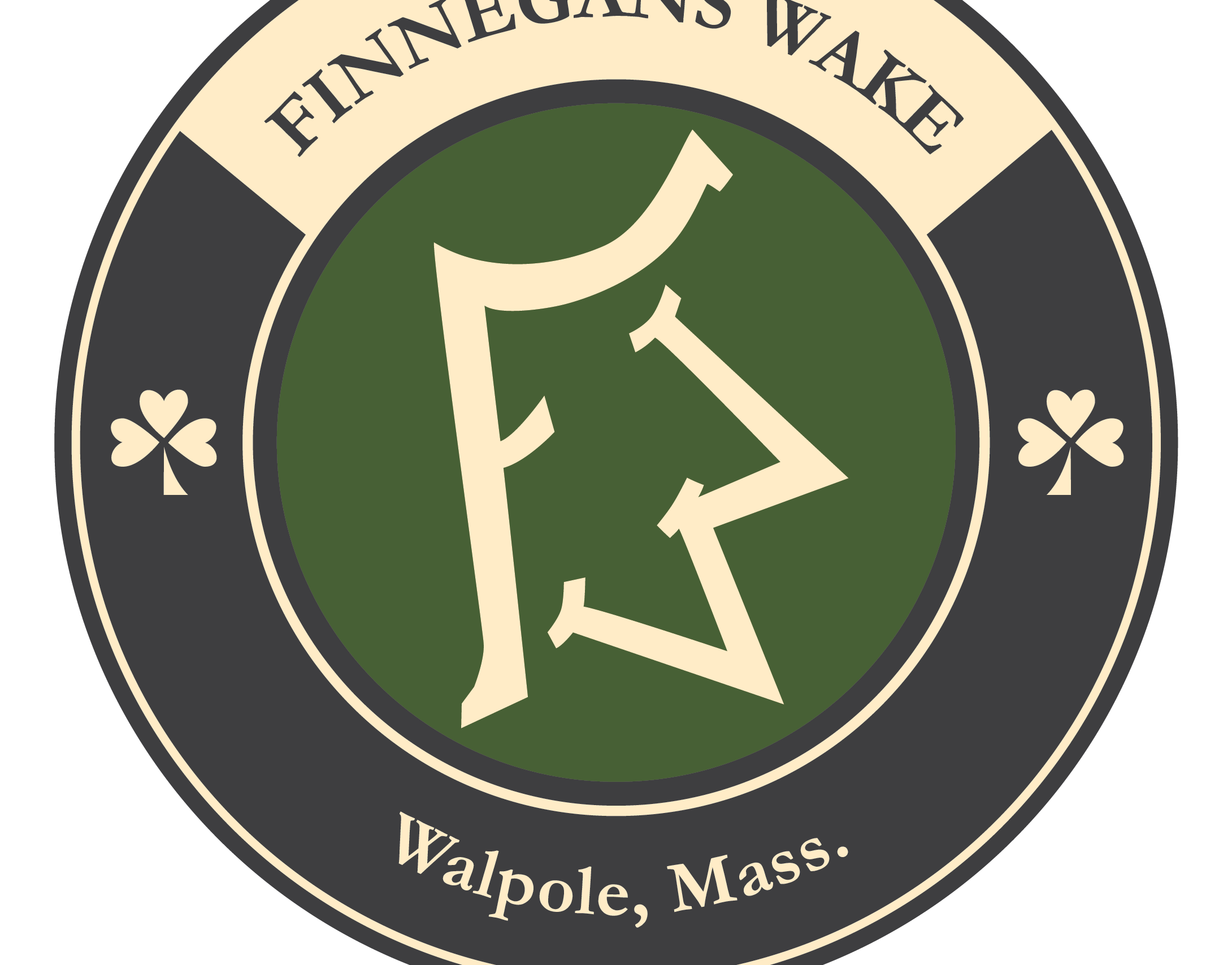Take Two, or (How to Design a Metamodern Movie Poster)
This project studies the metamodernist ideal of taking inspiration from past styles of art and contemporizing those styles to influence current work, a practice that is prevalent in the film industry, but not in the posters made to advertise its films. There is a long history of auteur-driven movie poster design, but at some point in the past 15 years the control has been taken over by the movie studios. Due to their interests in playing it as safe as possible, they end up making bland, interchangeable advertisements instead of anything memorable. This project uses metamodernism as a technique to make posters for a series of films, each from one of nine genres, that are both reminiscent of these genre’s histories as well as being true to the films. These nine films, all from 2016, were chosen for the influence that they have taken from various past styles of film.
You may also like









